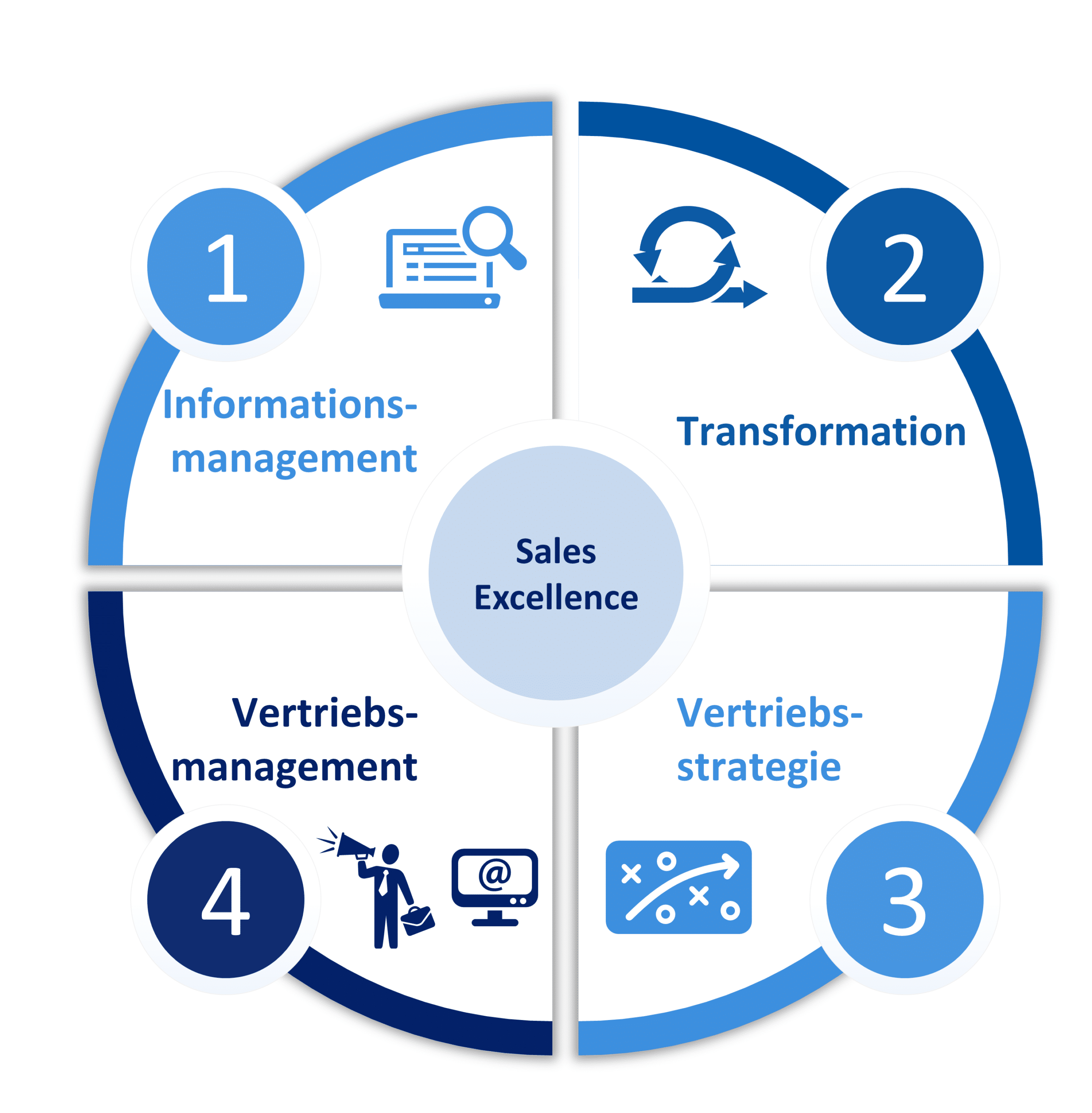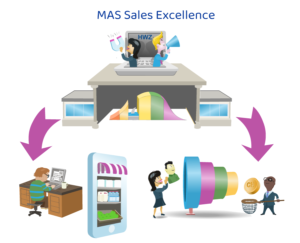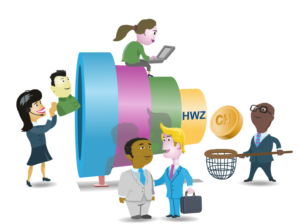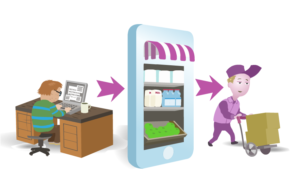Sales Enablement 2022
From Naico Di Chiara
Sales Enablement. Relevant also in 2022? Absolutely. Sales and marketing are merging more and more in the long term. Also in business-to-business. Along with digital transformation, the current global economic situation, and changing customer expectations, achieving sales goals is becoming increasingly challenging. Sales Enablement systematically enables the realization of sales goals and creates a symbiosis between sales and marketing.
Interpretation Sales Enablement
Sales enablement provides a systematic, repeatable process for achieving sales goals. Sales people – supported by selected tools – are equipped with content that assists all sales activities. Forrester illustrates sales enablement as a strategic, continuous process that empowers customer-facing employees to consistently and systematically have relevant conversations with the right stakeholders at every stage of the customer journey. In addition, sales enablement requires cross-functional interaction between sales and marketing departments (alignment). Only as a symbiosis can significant content be designed that is strategic, customer-focused, easy to understand, and reusable. The willingness to transform forms the bridge between sales and marketing, i.e. a cultural change that breaks through old thought patterns is a prerequisite. In addition, a “customer centricity approach” should be pursued in order to be able to satisfy all needs along the “customer journey”.
Study offers of the HWZ on this topic
Nevertheless, sales enablement does not only focus on an economically better cooperation between sales and marketing; rather, the effectiveness in the sales cycle process is also in the foreground. Bullet points can be recorded as follows:
- Sales reps illustrate the most relevant content in every customer interaction,
- Are flexible in the way content is presented,
- visualizes in real time whether customers find content appealing,
- Sales and marketing insights create a central single source of truth
- and sales skills can be accurately optimized through required education and training measures.
Challenges for sales organizations
After Krah more and more sales organizations are adopting a sales enablement strategy. The reason for the rising usage rate: In a study conducted by Sales Enablement Pro with 400 companies from the DACH region, 76 percent see competitive pressure, 38 percent see customer retention and 37 percent see ineffective sales scenarios as sales challenges. Sales enablement strategies are used to improve the performance of sales staff (55 percent), increase closing ratios (47 percent) and improve sales skills (45 percent). In addition, companies use sales enablement as a targeted instrument for data acquisition in order to derive collected insights into direct sales measures. Here, the integration of the right tools is essential.
Neureiter and Stadelmann speak of an orchestration of the trio of data, processes and tools, i.e. the combination of CRM and sales enablement platform offers great potential for productivity in the sales cycle. While CRM provides the foundation for all data, through sales enablement platforms, data can be collected on all customer interactions. Rainsberger sees the executive as a crucial aspect here: If management understands that technology can positively influence the relationship between the company and its customers, added value is created for both parties. Biesel and Hame reinforce the significance of new technologies through disruptive market and customer behavior, which puts the familiar at risk due to new possibilities – the digital transformation.
2022: Sales enablement in practice
Sales must be able to apply the critical information with appropriate tool at the right time to fully exploit their sales opportunities. In the case of the startup, the importance for a seamless flow of information between customers and the company was recognized.
All phases of the process must mesh accurately. Strategies, technologies and processes were aligned. The whole thing was implemented as an ecosystem iteratively as follows.
In the first step, software-supported tools were evaluated to make sales processes more efficient and more customer-oriented. A unique workflow was defined in which employees from sales and marketing interact as a sales enablement team and assume an intermediary function between sales and marketing. This allowed for a balancing act between the two departments.
The second step was the integration of the sales enablement platform into the existing CRM. Only this step makes it possible to live Sales Enablement professionally. It is advisable to choose solutions that offer integration interfaces (API – Application Programming Interface) between sales enablement and CRM platforms (e.g. Salesforce and Showpad).
In the third step, the sales force was trained and empowered to use tools and resources correctly. If tools and aids cannot be used precisely, significant results are hardly possible. A project group consisting of IT, sales and marketing staff was set up for this purpose. The goal here is to perfectly understand tools and utilities.
In the last step, goals were defined for both departments (sales and marketing), which also included the collection of non-monetary customer data (e.g., willingness to pay).
Through Sales Enablement have already been:
- achieved higher return on marketing investments,
- more efficient sales cycle ratio realized,
- increased the sales completion ratio,
- implemented a higher awareness of the relevance of data in the company,
- Created a better customer experience for the customer
- and strengthened the interaction between sales and marketing.
Conclusion Sales Enablement
Is sales enablement still more than just a buzzword in 2022? Yes. Definitely. Sales enablement makes exactly the right content available to sales at the right time. This increases the success rate of financial statements and promotes the company’s operational efficiency. To achieve these goals, sales and marketing must interact together. Furthermore, sales staff must be continuously trained; so that first-class customer experiences can be created.
The implementation of a sales enablement strategy requires the commitment of management. Implementation takes time. In addition, it must be understood that technology and data reflect an essential value.
More information about our Sales Excellence approach

Sales Excellence Model
Sales excellence is becoming more and more important in practice. Get an overview of our approach and take advantage of the many resources.






